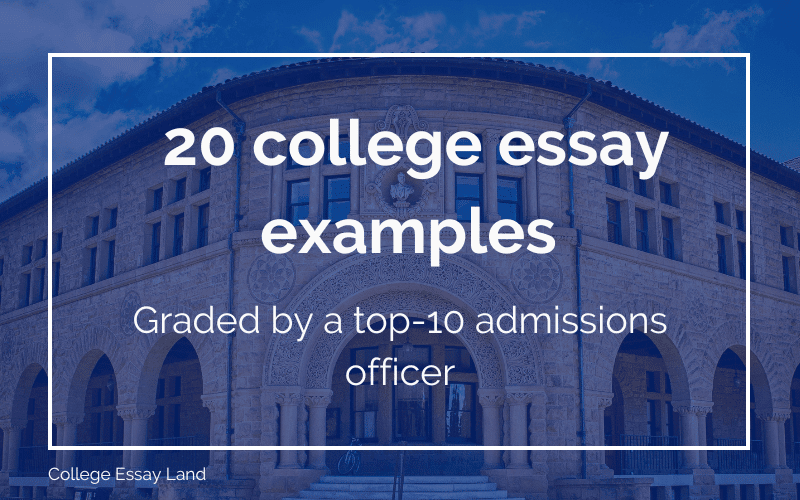Contents
Last updated June 5, 2024
Every piece we write is researched and vetted by a former admissions officer. Read about our mission to pull back the admissions curtain.
Your Senior Year Timeline
Admissions officer reviewed by
Ben Bousquet, M.Ed
Former Vanderbilt University
Written by
Ben Bousquet, M.Ed
Former Vanderbilt University Admissions
Key Takeaway
This is part of our timeline series to help high school students and their families get the most out of high school while preparing for the college search and application process. This article addresses junior year of high school. You can find the corresponding articles for first-year, sophomore, and junior students at these links.
Welcome to your senior year of high school! Senior year comes with many opportunities and challenges. Balancing advanced coursework in your final year of high school along with extracurricular activities, social and family commitments, and college applications–and so, so many admission essays–can be tough.
Senior Year
This series covers what our team of former admission officers and current college consultants see competitive high school students doing year-by-year. Here’s what we want to see seniors doing to get ready for the college admissions process, followed by a timeline of when you want to engage with these to-do items.
- Finalize your school list. At some point, you’ll need to decide what colleges and universities you are applying to. You’ll want to make sure you have a balanced list that makes sense for you. For many students, this means having some “reach”, “target”, and “likely” schools. When I work with seniors, one of the first tasks we tackle is going through their school list, helping them understand their competitiveness, and modifying the list when needed. By the way, once you’ve finalized your list, we recommend organizing it by supplemental essay type. See number 6 for more on this.
- Visit schools that you still need to see. Senior year is an ideal time to make some last visits before applications. The gold standard for learning about a school is making a formal in-person visit through admissions–either an information session and tour, open house, or other offering like shadowing a current student. If you can’t see a school in person, be sure to look for virtual tours, online information sessions, and other formal and informal information on YouTube. You need to research not only academics but important features like culture, vibe, location, and class size.
- Look for schools visiting you closer to home. Every fall, college admission officers travel the country and the world to connect with students where they live. If your school offers in-person or virtual admission visits, sign up to attend them for schools on your list. Also, look for local college fairs near you where many admission officers will be present in one place.
- Meet with your school counselor. Different schools handle this in different ways, but if you are able to meet with your school or college counselor to discuss your college list, essay strategy, transcript, and ask any questions you have, then do it. Some schools don’t have the capacity for counselors to meet with every senior, which is part of why we create guides like this one!
- Stay engaged with extracurriculars—and seek balance. I emphasize balance here because you are in a period of transition between high school winding down and college planning ramping up. You absolutely should stay engaged with extracurriculars senior year. I also often discuss with students which activities they’ll prioritize senior year to make sure they have time to commit to both school and college applications.
- Get working on those college essays! There are two main types of admission essays: a personal statement and supplemental essays (a third type are the UC essays if you are applying to the University of California System). We go more in depth on essays all over this website—helping students craft standout essays is our specialty. You’ll write many supplemental essays which are likely to fall into different categories with similar prompts e.g. community, diversity, “why us?”, or “why major?” essays. You don’t need to write a totally unique essay for each school. Look for patterns and organize your school list by essay genre. Learn more about our process of tackling supplemental essays here.
- Understand what paying for college will look like. College is expensive, and families approach investing in a college education in many ways. At the very least, students need to know what they are on the hook for when it comes to college. Will you leave with debt? Do you need to apply for need-based aid? How might merit aid come into play? You’ll need to fill out the FAFSA and, likely, the CSS Profile if you apply for aid.
- Fill out the Net Price Calculator at schools you are interested in. Related to #7, but it’s so important it gets its own number. Every school you are applying to has a “Net Price Calculator” (NPC) on their website that your family can fill out to get an estimate of what your financial aid is likely to be. This is something you will need a parent or guardian to fill out, and it is important to use accurate numbers. At each school, save the output of your NPC. If your financial aid package doesn’t end up lining up, you’ll need to reference the original NPC when you contact financial aid.
- As you apply to college, stay on top of deadlines and requests. You’ll need to keep track of the schools you are applying to including both their application deadlines, scholarship deadlines, essay requirements, and requesting materials. Be sure to make requests early. You are relying on the generosity of others for things like recommendations, so give them time. Generally, you’ll need to request the following items:
- Test scores: You’ll likely send your SAT or ACT scores to at least some of your schools. Sign into your College Board or MyACT account and send them to schools that require them. Note that many schools allow you to self-report and only send official scores if you matriculate. This saves time and money.
- Transcripts: Your school counselor will send your transcripts to schools. Typically, they’ll do this through the Common App itself. They can also send transcripts individually when needed. As a former admission officer, I can tell you this process is often delayed by computer systems. Cut your counselor some slack and make requests early.
- Recommendations: I made another post about asking for letters of recommendation from teachers and your counselor. Make sure you have a plan, nudge them in the right direction, and ask early.
There’s so much to do senior year, and we hope this list helps you stay on track with the college admissions process.
Now, I’ll break down senior year into the summer before, fall, and spring semesters. This timeline should give you a sense of what you should be thinking about and when. While there is no perfect one-size-fits-all timeline for every student, senior year comes with some very real deadlines, so this is a one-size-fits-most approach.
Summer Before Senior Year
- This is a great time to get some of those visits in. Remember, college campuses have way fewer students in the summer, so keep that in mind.
- This is also one of the last times to really kick your extracurricular engagement into high gear. Consider ways of deepening and keeping track of any personal projects or creative outlets. Perhaps think about a pre-college program, high school research program, part-time work, volunteering, or other interesting activity that will land on your college resume.
- Keep building and refining the school list. You don’t have to finish it now, but you should start senior year with a sense of what kind of schools you’re interested in.
- Fill out Net Price Calculators at schools on your list. You’ll need a parent or guardian for this one and, eventually, should do it for each school to which you apply.
Senior Year Fall
- Finalize your school list. This is the semester that you will actually spend applying to colleges, so now is the time to narrow down your list… and apply!
- Essays. The Common App opens on August 1, so you’ll be able to officially see all the supplemental essays then. Check those out early and begin organizing your list by essay genre.
- This is also the time to meet with your school counselor. If you can get essay feedback and direction, then great. But ideally, if possible, you at least would like for them to know who you are. This isn’t always possible especially at larger public schools–and that is perfectly okay.
- Remember, this is also when admissions counselors are on the road for high school visits and college fairs. Look for opportunities to connect!
Senior Year Spring
- Generally most applications are in by January 15th or so. Some schools have later deadlines, but you should be able to sit back, relax, and wait for decisions this spring!
- Be prepared for any outcome, and what you might need to do. Schools admit and deny students, but they also defer and waitlist them. This means you might need to write a letter of continued interest to a school, or update them with grades or even an additional essay.
- Get ready to interview. Mid-January through mid-February is generally a season of admissions interviews, especially at the most selective schools. Prepare early and understand the process with our article on admissions interviews.
- Consider last visits once acceptances are released. Many schools host open houses for admitted students. This is your last chance to check out schools and make a final decision. Which brings me to my last point…
- Make a decision! After all that, you should have some acceptances and have the opportunity to commit to a college. You’ll generally need to pay an enrollment deposit and begin the process of registering for student orientation. Congratulations, you’re officially headed to college!
I hope this series has helped you prepare for and navigate the admissions process. It is arduous, confusing, and ever-changing. Remember, we are here to help! Drop us a line if you need additional support, or check out our many articles and courses for students and parents.



